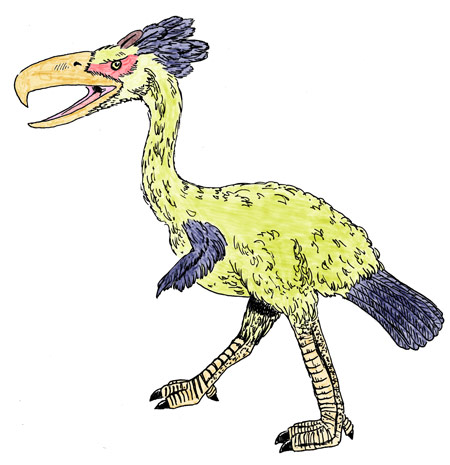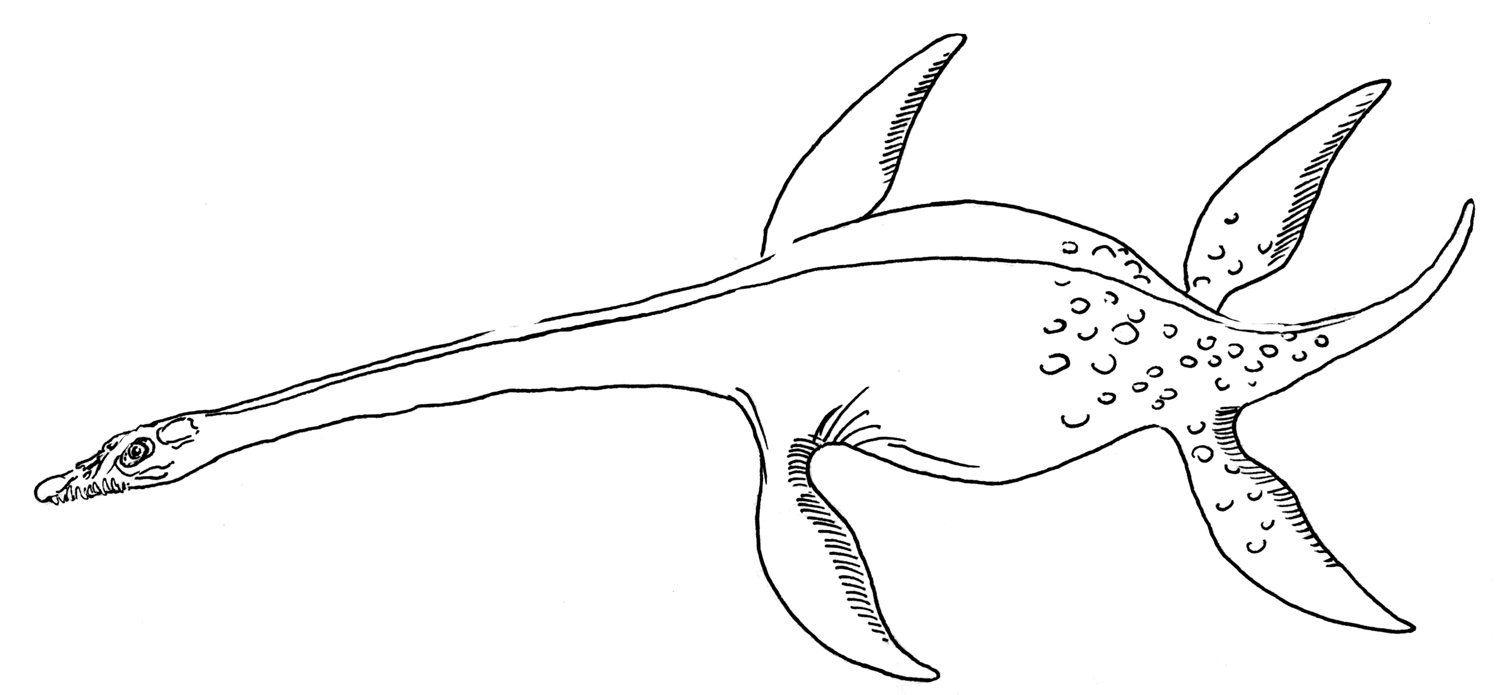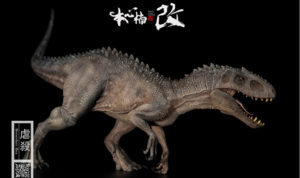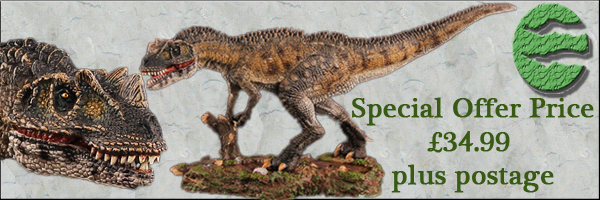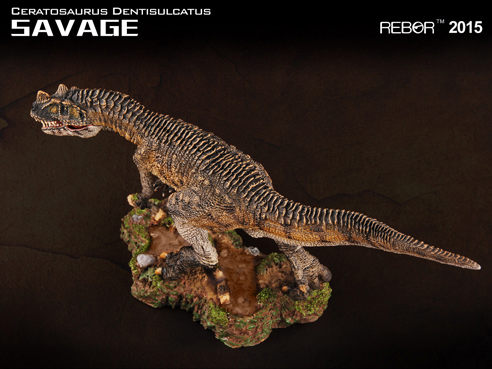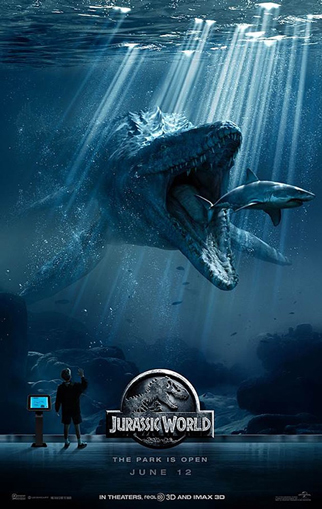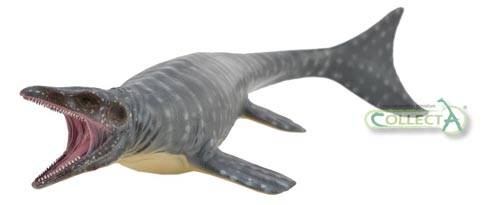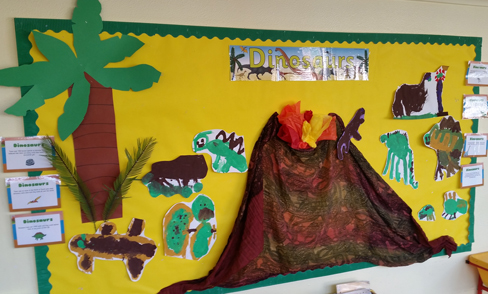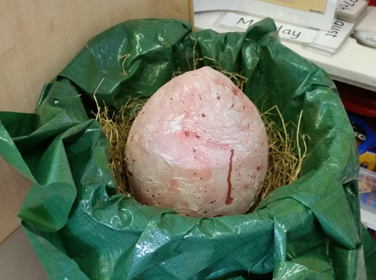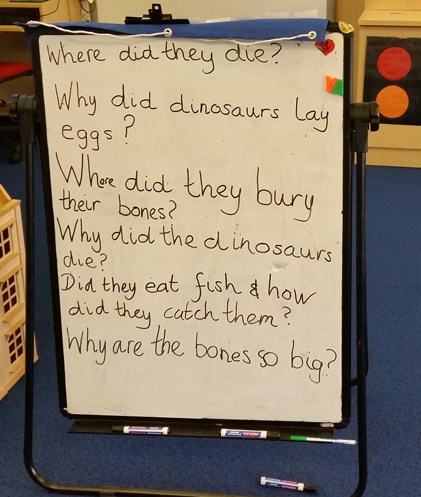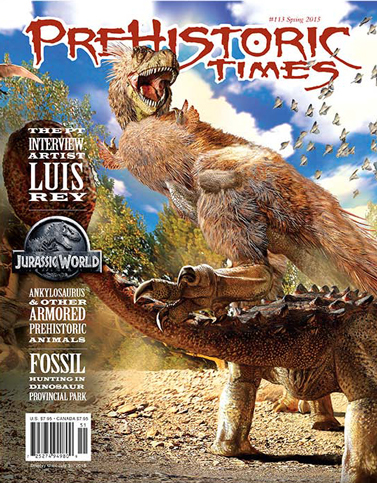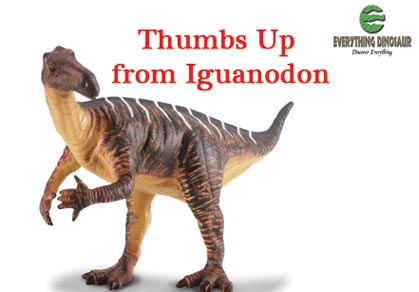Bone-Eating Worms Consumed Marine Reptile Carcases
A type of bone-eating marine worm that had been thought to have evolved to exploit the food potential of cetacean carcases lying on the seabed also fed on the remains of giant marine reptiles, according to new research published in the academic journal “Biology Letters”.
Osedax Genus
The worm, the genus is known as Osedax, was only discovered in 2002 (formally described in 2004), has been found at depths of more than 4,000 metres. It feeds on the bones of vertebrates that lie on the seabed. As the bizarre worms were discovered in association with the carcases of whales, it had been suggested that these scavengers had co-evolved with whales and dolphins in the Cenozoic. However, analysis of microscopic bore holes found in the limb bones of a plesiosaur and the remains of an ancient turtle, indicate that Osedax worms existed much earlier than whales. Their origins have been traced back at least 100 million years.
Osedax Worms Helped Breakdown the Corpses of Marine Reptiles
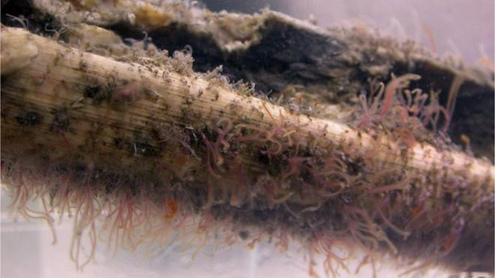
Fossil traces of Osedax worms found in marine reptile bones.
Picture credit: Plymouth University/D. Nicholas Higgs
Zombie Worms
A number of species have now been identified and this genus seems to be widely distributed in the world’s seas and oceans. The great geographic range of the worms had been a bit of a mystery for marine biologists, especially for those who believed that these worms, some females of which can grow up to fifty millimetres in length, solely fed on the bones of cetaceans, as corpses of whales and dolphins are extremely rare when the size of the marine environment is considered. This new study suggests that the zombie bone-eating worms might be more generalist feeders, happy to bore into a variety of different types of carcase.
The Osedax genus has been classified as a member of the Siboglinidae (sigh-bog-lin-ee-day) family of worms. The adults lack a mouth and any form of digestive system. They feed by boring into bones by secreting acid through their root-like tendrils. The worms rely on a symbiotic relationship with bacteria inside their bodies. The bacteria converts the bone collagen and lipids that are absorbed into food for the host worm.
Studying Plesiosaur Bones
The research team, including Dr Nicholas Higgs from the Marine Institute (Plymouth University), examined the fossilised bones of a plesiosaur as well as the remains of a prehistoric turtle which were part of the marine reptile fossil collection at the University of Cambridge Museum. Detailed CAT scans were taken, using the CAT scanner at the Natural History Museum in London.
These scans and the subsequent computer models created from them, revealed that two bore holes in the bones from a plesiosaurs’s flipper and four bore holes from the turtle bones, were remarkably similar to the bore holes made by Osedax in the bones of modern cetaceans. These trace fossils suggest that before the whales evolved, these types of worm were already present in the marine ecosystem scavenging on the bones of dead marine reptiles.
The Bones of Plesiosaurs could have been Colonised by Osedax Worms
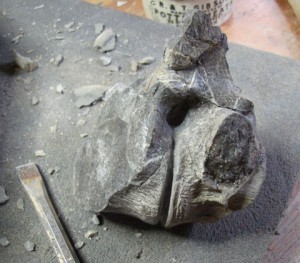
Fossil specimen found by Brandon Lennon.
Picture credit: Brandon Lennon
Bone-eating Worms in the Mesozoic
Commenting on the research, D. Higgs stated:
“Our discovery shows that these bone-eating worms did not co-evolve with whales, but that they also devoured the skeletons of large marine reptiles that dominated oceans in the age of the dinosaurs.”
Dr. Nicholas and co-author Silvia Danise (Plymouth University/University of Georgia), reported that the trace fossils suggest that marine reptile carcases, before whales, played a crucial role in the evolution and dispersal of Osedax and this study supports the idea that these worms are generalised scavengers of vertebrate remains. The generalist ability to colonise different vertebrate corpses, such as fish, marine birds and reptiles would seem to be an ancestral trait. The trace fossils suggest that the Siboglinidae evolved much earlier than previously suggested by phylogenetic estimates.
CAT Scans Showed Signature Bore Holes Made by Osedax spp.
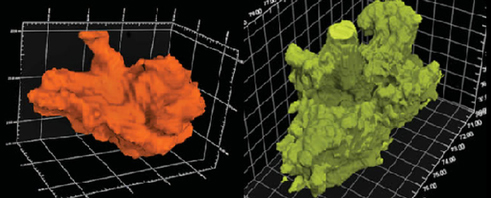
Computer models from CAT scan data revealed the shape of the bore holes.
Picture credit: S. Danise/N. Higgs/Biology Letters
Examining Fossil Bore Holes
The scientists examined the bore holes and found that they resembled those caused by Osedax in the bones of extant whales. Whilst scientists cannot be certain how many more marine reptile fossils might have been preserved without the likes of Osedax feeding on the bones and destroying them before they could be buried and potentially fossilised, it does seem likely that our fossil record for marine vertebrates is poorer as a result of at least 100 millions of feeding.
Back in 2014, Everything Dinosaur team members reported on the microscopic analysis of the bones of an Ichthyosaur which also showed signs of having been consumed by the action of a number of scavengers, including Osedax worms.
To read more about this research: What happens when an Ichthyosaur Dies?
The University of Plymouth team conclude that although the vast majority of marine reptiles died out at the end of the Cretaceous (Mosasaurs, Plesiosaurs) and the Ichthyosaurs died out a few million years earlier, these worms survived on the carcases of turtles and other creatures in the twenty million years or so before the first whales evolved.


